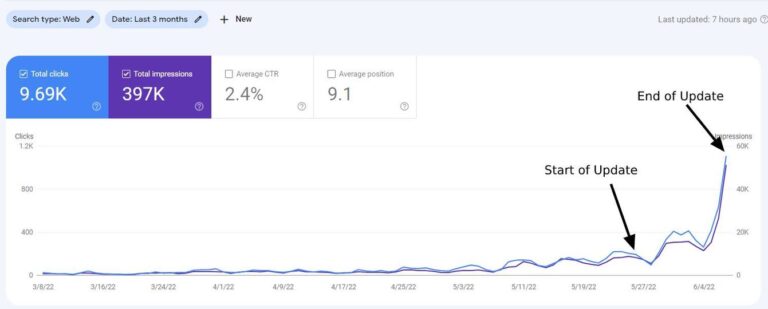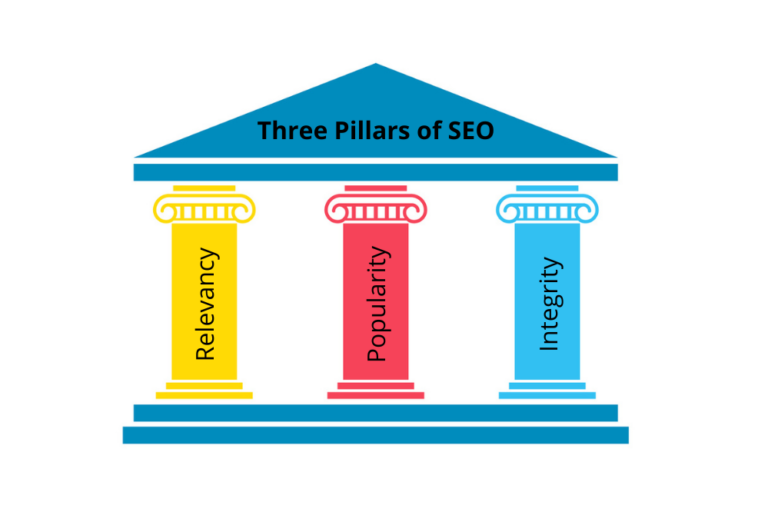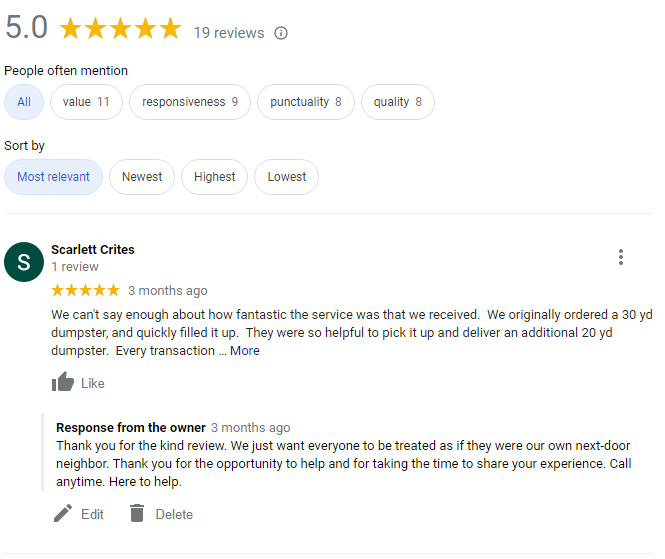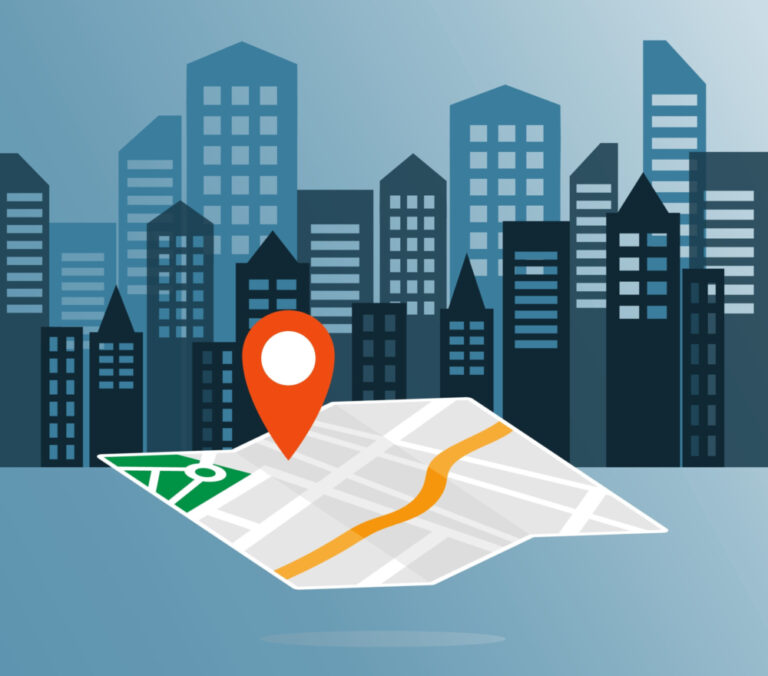As a small business owner, you’ve likely heard about the importance of search engine optimization (SEO). But have you considered the value of local SEO? Local SEO is crucial for businesses with a physical location or those that serve a specific geographic area. In this blog, we’ll explore the basics of local SEO and help you understand why it’s essential for your small business.
What is Local SEO?
Local SEO is a subset of search engine optimization that focuses on improving your business’s visibility in local search results. It involves optimizing your online presence to rank higher in search engines like Google, Bing, and Yahoo when users search for products or services similar to yours within a specific geographic area. The goal of local SEO is to make it easier for potential customers in your area to find and engage with your business online.
Why is Local SEO Important?
Local SEO is important for several reasons:
- Increased Visibility: Local SEO helps your business stand out in local search results, increasing your chances of attracting potential customers.
- Targeted Traffic: People searching for local businesses are often ready to make a purchase or book a service. By ranking higher in local search results, you can attract more targeted traffic to your website or physical location.
- Competitive Advantage: Many small businesses still haven’t embraced local SEO, which means there’s an opportunity for you to gain a competitive edge in your market.
- Better ROI: Local SEO is often more cost-effective than traditional advertising methods like print, radio, or TV ads. By investing in local SEO, you can achieve better results for a fraction of the cost.
How Does Local SEO Work?
Local SEO works by optimizing various elements of your online presence, such as your website, online listings, and reviews, to make your business more visible and relevant to local searchers.
So, what’s the difference between a local search and a normal Google search?
Local search works similar to “normal” Google search, but also takes into account your location and how your query matches to local businesses.
Here are some various ranking factors that affect local search results:
- Location of the person searching
- Location of the relevant businesses surrounding the person searching
- NAPW citations which stands for Name, Address, Phone Number, and Website
- Google Business Profile optimizations and complete information
- Keywords in Google Business profile
- Online reviews: Quality, Quantity, and Acceleration
- Keywords in online reviews
- Website location keyword usage
- Social media engagement
- Google maps star rating
What is the Google Map Pack?
The Google Map Pack, also known as the Local Pack or the 3-Pack, is a feature within Google search results that displays a map and a list of three local businesses related to the searcher’s query. The Map Pack appears at the top of the search results page, making it highly visible and accessible to users.
Ranking #1 in the Google Map Pack is highly valuable for local businesses, as it increases visibility and the likelihood of attracting potential customers. To improve your chances of appearing in the Map Pack, focus on optimizing your GMB listing, building local citations, and earning positive reviews.
How Google’s Local Map Pack Works
Google’s Local Map Pack, also known as the 3-Pack, is a feature that displays a map and a list of three local businesses related to a user’s search query. It appears at the top of the search results page, making it highly visible and accessible to users. The Map Pack is generated based on several factors, including:
- Proximity: The physical distance between the searcher and the business plays a significant role in determining which businesses appear in the Map Pack.
- Relevance: Google considers how well a business’s information matches the user’s search query. This includes factors like the business category, keywords in the Google My Business listing, and the content on the business’s website.
- Prominence: This factor considers the overall online presence and reputation of a business. It takes into account elements like the number of reviews, review ratings, and the quality and quantity of backlinks pointing to the business’s website.
How to Track Your Map Pack Rankings
To track your Map Pack rankings, you can use tools like BrightLocal, Whitespark, or SEMrush. These tools provide local rank tracking features that can monitor your business’s performance in the Map Pack for specific keywords and locations. Regularly tracking your Map Pack rankings helps you identify trends, measure the effectiveness of your local SEO efforts, and make adjustments as needed.
Helpful Local SEO Tools
There are several tools available to help with local SEO efforts. Some of the most popular and effective local SEO tools include:
- Google Business Profile: This free tool allows you to create, manage, and optimize your business listing on Google, which is crucial for local SEO success.
- BrightLocal: This tool offers local SEO services such as rank tracking, citation building, review management, and Google My Business optimization.
- Ahrefs: Ahrefs is a popular SEO tool that can also be used for local SEO purposes, including keyword research, backlink analysis, and competitor analysis.
What are Some Local Ranking Factors?
Several factors influence your business’s local search rankings. Some of the most important local ranking factors include:
- Google My Business Signals: Your GMB listing plays a significant role in local SEO. Ensure your listing is accurate, complete, and optimized with relevant keywords, categories, and high-quality images.
- NAP Consistency: Consistency in your business’s name, address, and phone number across all online platforms is crucial for local SEO. Inconsistent NAP information can confuse search engines and harm your local rankings.
- Local Citations: Building citations on authoritative and relevant online directories can help improve your local search visibility. Focus on quality over quantity, and always ensure your NAP information is accurate and consistent.
- Online Reviews: Positive reviews and ratings not only influence customer decisions but also impact local search rankings. Encourage customers to leave reviews and respond to them professionally, addressing any concerns or negative feedback.
- On-Page SEO: Optimize your website’s content, meta tags, and URLs with locally-relevant keywords to help search engines understand your business’s location and the services you offer.
- Backlinks: Earning high-quality, local backlinks from authoritative websites can boost your local search rankings. Focus on building relationships with other local businesses, organizations, and bloggers to earn these valuable backlinks.
- Social Media Signals: An active social media presence can also contribute to your local SEO efforts. Engage with your local community on platforms like Facebook, Twitter, and Instagram to increase your online visibility and attract more local customers.
Local SEO is an essential marketing strategy for nearly all small businesses looking to attract more customers within a specific geographic area. By understanding the basics of local SEO and implementing the right tactics, you can improve your online visibility, attract more targeted traffic, and ultimately grow your business.
If you need help optimizing your local SEO strategy, consider partnering with a reputable agency like us at Nickel SEO to ensure your business achieves the best possible results. We’ll create tailored local SEO strategies to boost your online presence and target the right audience, driving quality leads and more sales. Our team offers outstanding customer service and transparency, so you’re always informed about your progress.






